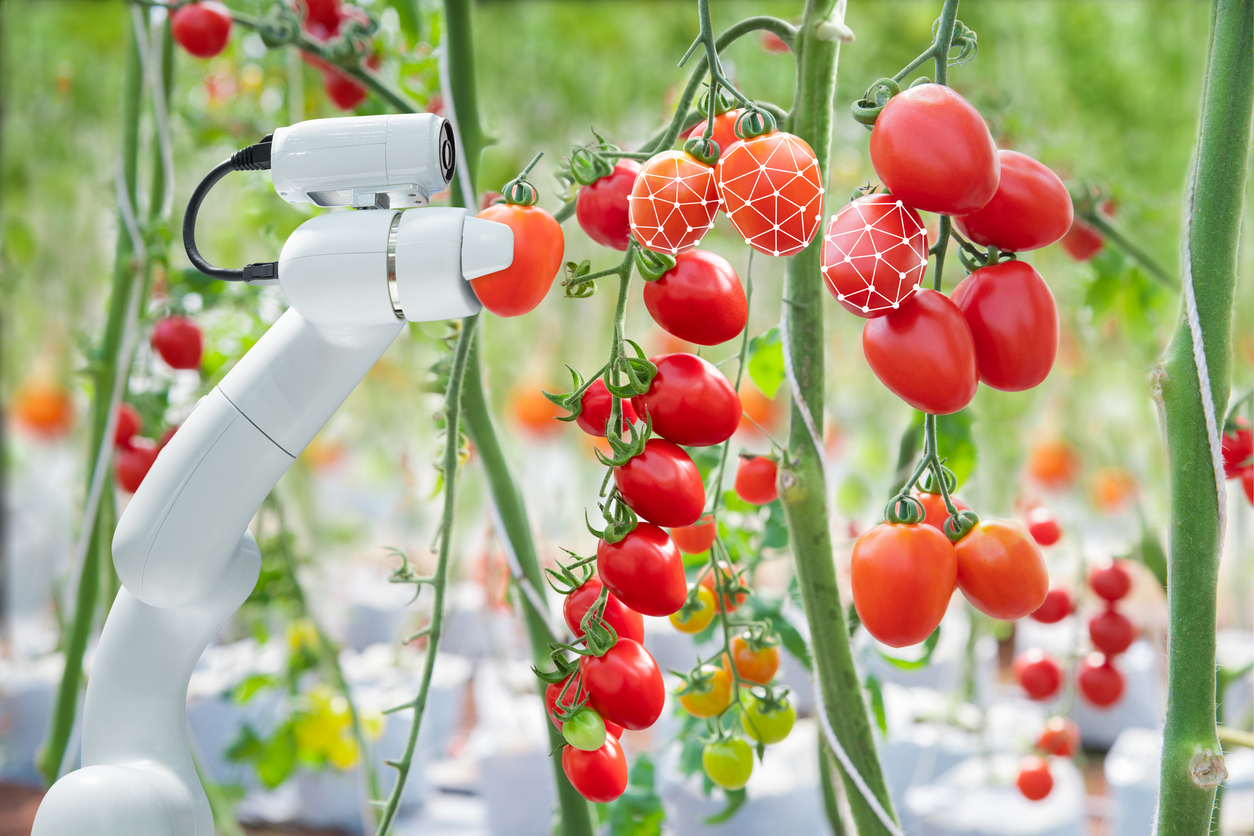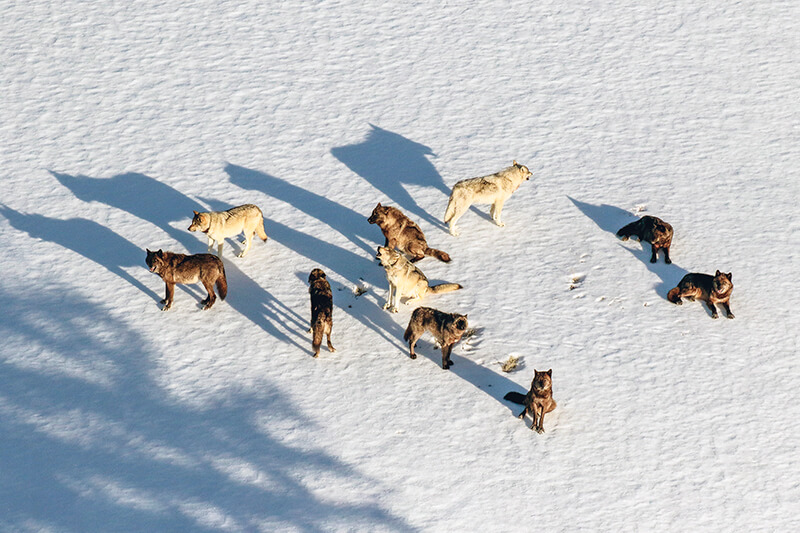
Robots in High-Tech Farming (Grades 3-5)
Students discover the four main components of robots, explore how robots are used in agriculture, and program and operate a robot to address a farming challenge.

Students discover the four main components of robots, explore how robots are used in agriculture, and program and operate a robot to address a farming challenge.
Students identify the parts of a wheat plant and wheat kernel and investigate the process of milling wheat kernels into flour.
Students use the story The Little Red Hen to investigate wheat production and bread making. Students thresh their own wheat and grind it into flour to make bread.
Students use the story of The Empty Pot to explore literature and science, practicing story mapping and examining the needs of plants and the importance of soil and water. Like the characters in the story, students plant and observe the growth of seeds.
Students use the story of The Empty Pot to explore literature and science, practicing story mapping and examining the needs of plants and the importance of soil and water. Like the characters in the story, students plant and observe the growth of seeds.

Students discover multiple perspectives concerning the reintroduction of gray wolves into the wild by researching pros and cons and participating in a debate.

Students discover multiple perspectives concerning the reintroduction of gray wolves into the wild by researching pros and cons and participating in a debate. Grades 3-5
Students determine that topsoil is a limited resource with economic value and use an apple to represent how Earth’s land resources are used.
Students observe a potato grow with and without soil, chart potato geography on a world map, and hold a potato dress up contest.
Students define nitrogen, phosphorus, and potassium as soil nutrients, explain that plants use soil nutrients as they grow, discover that fertilizer replaces depleted nutrients, and analyze information on seed packets to determine the needs different plants have for growth.
Students use the visual representation of a web to explore the role of agriculture in their daily lives and understand how most of the necessities of life can be traced back to the farm.
Students make connections between the six types of simple machines and the complex machinery used to produce food and fiber.